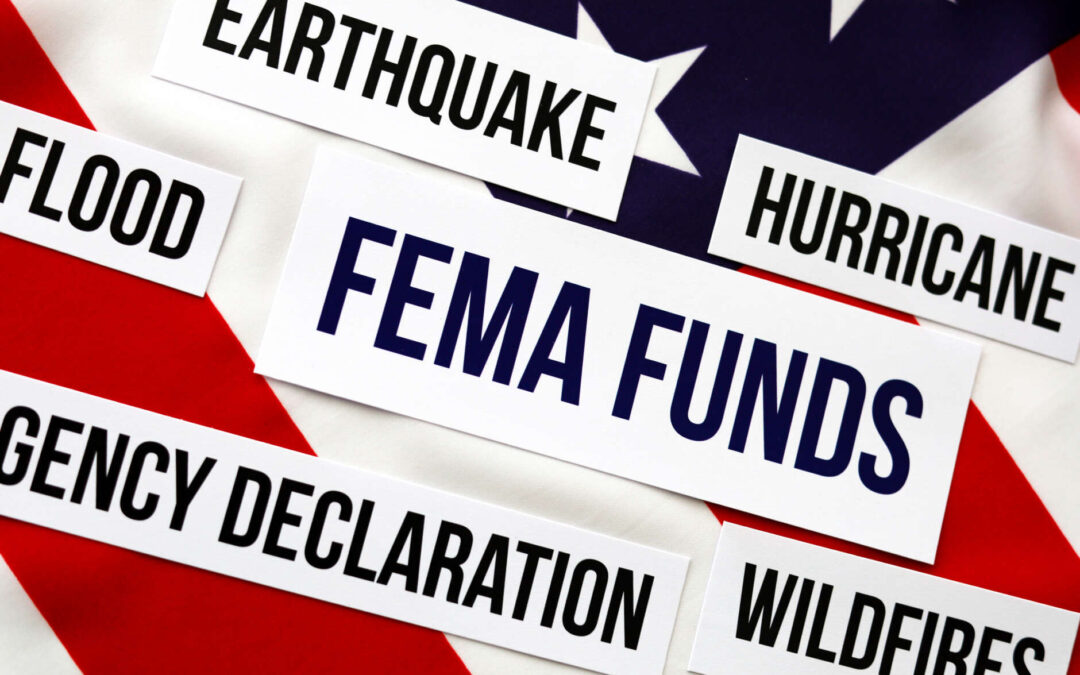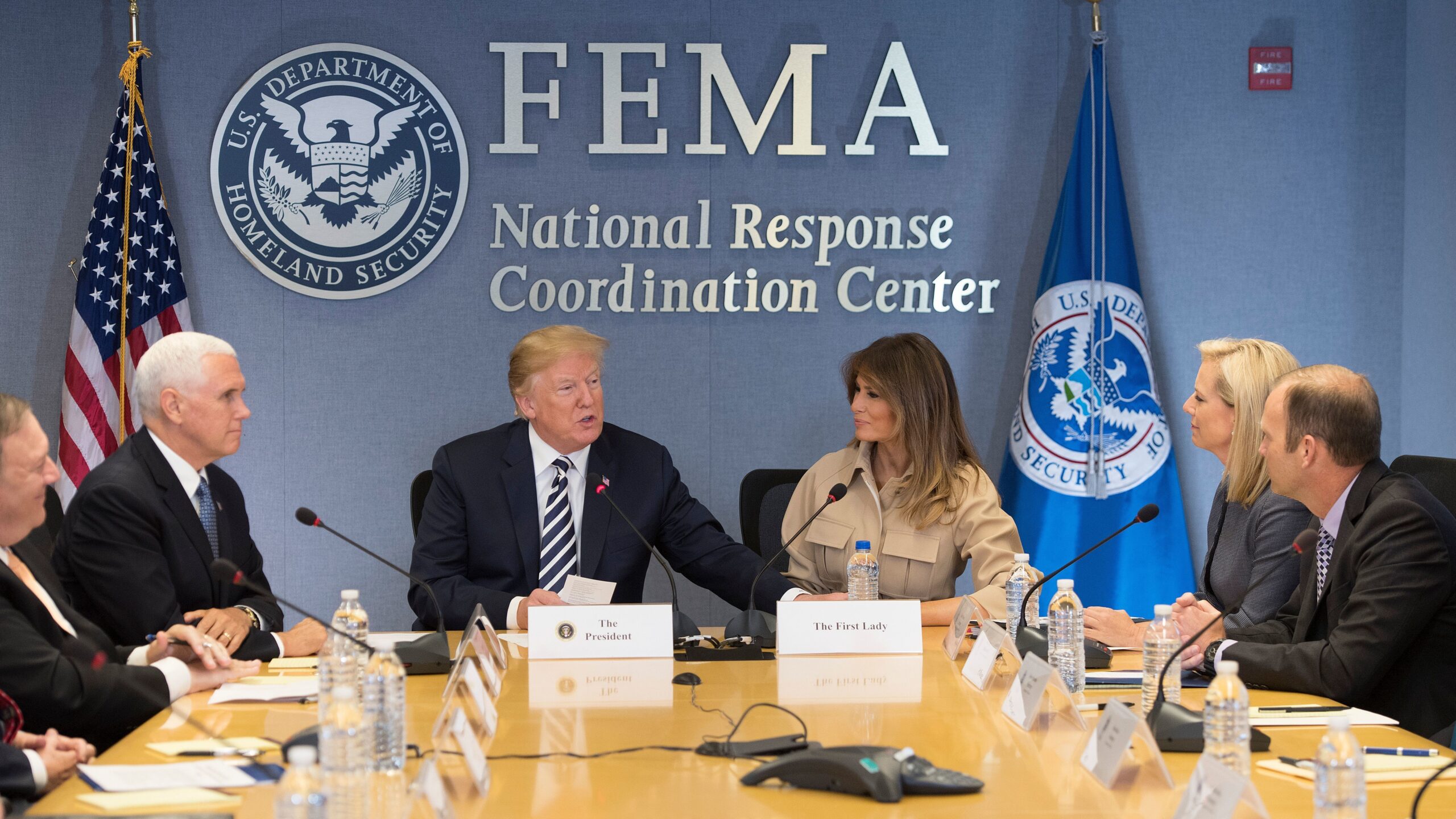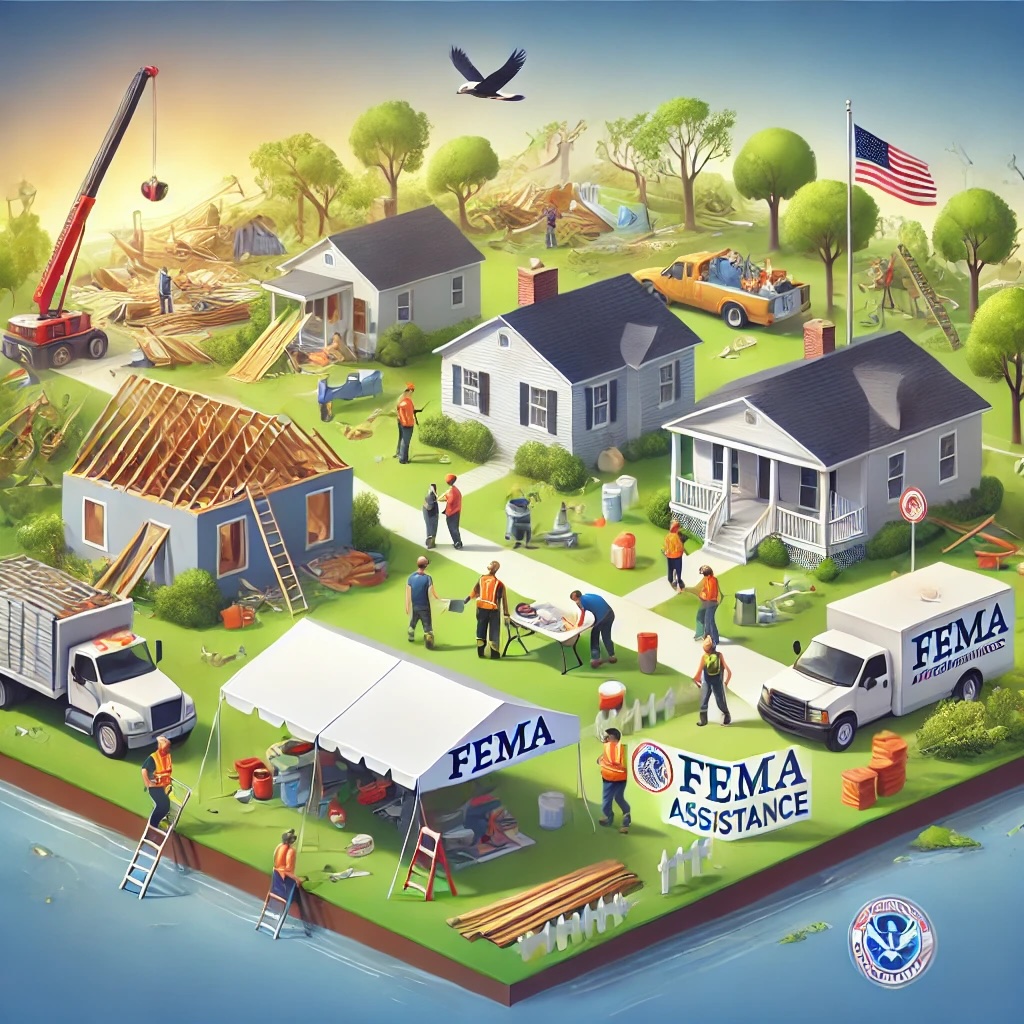Who Should Lead Our Rescue? Federal vs. Local in Disaster Recovery
Meta Description (Approx. 155 characters): Explore the debate over federal vs. local control in disaster recovery. Join our neutral discussion & share your insights on building resilient communities.
Introduction: The GrantCity Crossfire Series
Welcome to the inaugural edition of GrantCity Crossfire, a weekly debate series presented by
GrantCity Consulting, designed to spark collaborative, solution-focused dialogue on disaster recovery and emergency management. Ever notice how some communities bounce back rapidly after a crisis, while others languish for years? Often, the difference lies in who holds the reins of recovery—federal agencies or local authorities.
In this first post, we tackle a central question: Should disaster recovery be driven by top-down federal oversight or rooted in grassroots, community-based leadership? We remain neutral, spotlighting the pros, cons, and real-world implications of each approach. Along the way, we welcome every stakeholder—from public officials to concerned citizens—to weigh in with experiences, data, and fresh perspectives.
Why Federal vs. Local Control Matters
Disaster recovery is rarely one-size-fits-all. How funds flow and decisions are made can be the difference between a seamless, timely response and a drawn-out, underfunded struggle. Choosing federal vs. local control influences:
- Speed of Aid Distribution: Who cuts the checks, sets the rules, and ensures accountability?
- Community Engagement: Are local voices driving reconstruction, or does an agency far away handle the details?
- Long-Term Resilience: Do we lean on nationwide standards or hyper-local knowledge to rebuild in ways that prevent future crises?
This federal-local debate shapes everything from short-term emergency relief to long-term hazard mitigation. Even simple factors—like how quickly a pump station is repaired or how thoroughly a damaged bridge is reconstructed—may hinge on which level of government calls the shots.
Federal Approach: Key Pros and Cons
Advantages of Federal Oversight
Uniform Standards
Agencies like
FEMA
and
HUD
bring nationwide guidelines. That can mean consistent grant protocols, standardized documentation, and a clear chain of command.
Economies of Scale
Access to a larger pool of financial resources, specialized equipment, and trained personnel is crucial when disasters exceed local capacity.
Centralized Expertise
Federal teams often possess extensive experience across various disaster scenarios—wildfires, hurricanes, floods—which can streamline large-scale recovery efforts.
Challenges Under Federal Control
One-Size-Fits-All Approach
Uniform policies may overlook unique local cultures, geographies, or economic constraints, resulting in programs that fit some communities better than others.
Bureaucratic Delays
Navigating federal paperwork and multiple approval layers can slow the release of aid—difficult for areas needing immediate relief.
Local Disconnection
Critics argue that decision-makers in Washington may not fully grasp real-time, on-the-ground needs, risking mismatched priorities.
Local Approach: Key Pros and Cons
Advantages of Local Autonomy
Tailored Strategies
Mayors, county officials, and nonprofit leaders who live in these communities bring invaluable insight to target resources effectively.
Rapid Response
Streamlined processes and direct knowledge of local conditions can enable faster action—especially for smaller-scale emergencies.
Stronger Community Ties
When recovery efforts are led by familiar faces, trust and volunteerism often rise, further accelerating resilience.
Challenges Under Local Control
Limited Resources
Smaller jurisdictions might lack adequate funding, staffing, or infrastructure for large-scale disasters, often requiring external assistance.
Uneven Expertise
Comprehensive hazard mitigation planning can be complex. Without federal guidance, local teams might struggle to cover all compliance or engineering details.
Risk of Fragmentation
If multiple municipalities are affected, coordination can break down across boundaries, slowing or duplicating efforts.
What’s Really at Stake?
- Funding Flow & Efficacy: Striking the right federal-local balance ensures that critical aid reaches communities swiftly, without getting stuck in red tape.
- Public Trust & Transparency: Overlapping guidelines from FEMA, HUD, and local agencies can cause confusion. Clear roles and consistent messaging are vital for survivors.
- Long-Term Resilience: Recovery is more than fixing what’s broken; it’s an opportunity to fortify infrastructure against future disasters. The way we allocate authority and resources shapes tomorrow’s hazard mitigation, climate adaptation, and community readiness.
Join the Discussion
At GrantCity Crossfire, we thrive on diverse viewpoints. Whether you’ve navigated FEMA paperwork or led a local volunteer brigade, your insights matter. Here’s how to get involved:
- Share Your Thoughts: Do you see federal guidance as the key to faster recovery, or are local voices better at understanding unique community needs? Drop a comment below with your experiences or suggestions.
- Tag Stakeholders: Mention relevant decision-makers—elected officials, nonprofit directors, or local emergency managers—and invite them to the debate.
- Highlight Success Stories: Know a community that recovered swiftly because local leaders had free rein? Or an instance where federal aid saved the day? Let us know what worked (and what didn’t).
- Ask Tough Questions: Curious about the trade-offs in funding or want data on how different governance models impact rebuilding speed? Pose your questions and spark deeper research.
Feel free to tag influential voices like
@FEMA,
@SBAgov,
or state governors to broaden the conversation. Let’s crowdsource the best ideas, refine existing policies, and take meaningful steps toward stronger, faster, and more inclusive disaster recovery.
Looking Ahead: What’s Next?
This is just the first in a series of weekly posts from
GrantCity Consulting. Upcoming debates include:
- Equity vs. Color-Blind Funding: Does universal aid neglect underrepresented communities?
- Mitigation vs. Immediate Response: Should resources go toward preventing disasters or tackling them when they happen?
- Cryptocurrency in Disaster Recovery: Is blockchain a feasible tool for rapid relief distribution?
By pooling our collective knowledge and expertise, we aim to bring about lasting improvements. From small towns rebuilding after floods to major cities facing hurricane threats, let’s work toward equitable, efficient, and forward-looking disaster recovery frameworks.
Conclusion & Next Steps
Whether you advocate for federal uniformity or local autonomy, the conversation on disaster recovery is far from settled. Each approach carries distinct benefits and risks, and striking the right balance could transform how we bounce back from crises nationwide.
Stay tuned for next week’s edition of GrantCity Crossfire, where we’ll tackle another urgent question in emergency management. In the meantime, drop us a comment, subscribe to our
weekly newsletter, and share this post with anyone invested in shaping the future of disaster recovery.
Disclaimer: All opinions expressed are part of an open, neutral debate and may not reflect any official stance by GrantCity Consulting or affiliated organizations.






